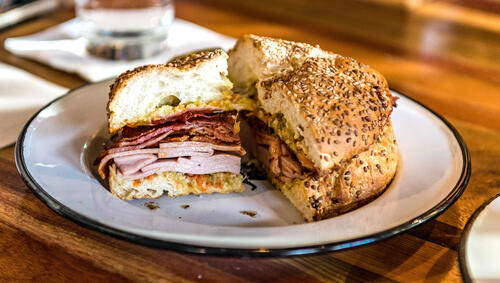From unusual pasta dishes in the Midwest to indigenous fare in the Southwest, the United States is full of proud local culinary traditions. What may be on the menu in one city is rarely served elsewhere, as these meals are often extremely specific to the locations where they were created.
If you find yourself looking for a dining experience unlike anything else, then it’s absolutely worth stopping to sample one of these decadent treats for yourself. Here are 10 regional U.S. dishes you have to try once.
Cincinnati Chili — Cincinnati, Ohio
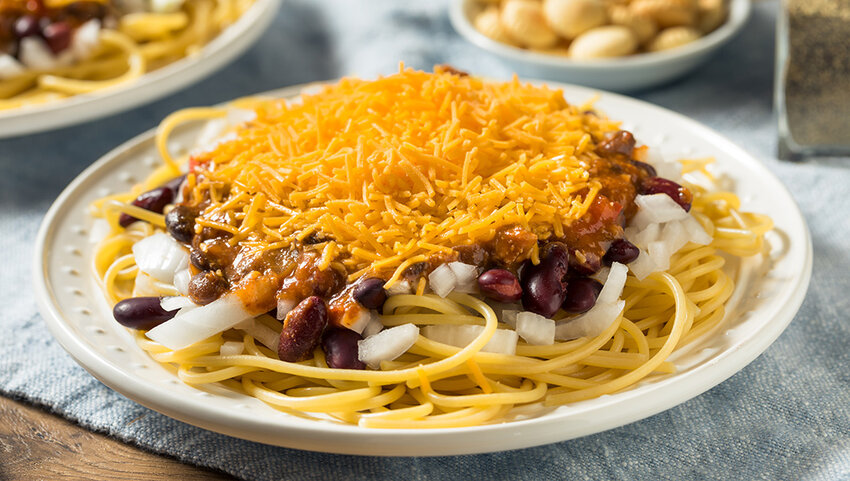
Cincinnati chili isn’t your traditional bowl of chili. Instead, this Ohio staple comes with a bed of spaghetti topped with chili, cheddar cheese, beans, and onions, though you can alter your order to your liking. Many establishments offer Cincinnati chili either as a 3-way (just spaghetti, chili, and cheese), a 4-way (adding beans or onions, or a 5-way (adding beans and onions).
The concept originated with Greek immigrants who added Mediterranean flavoring to differentiate the dish from more common American chilis. You may note hints of cumin, paprika, cinnamon, allspice, and other non-traditional chili seasonings in each bite, though many purveyors remain mum about their special recipes. There are now several popular Cincinnati chili fast-food franchises, including Dixie Chili, Gold Star, and the most famous of all, Skyline Chili.
Juicy Lucy Burger — Minnesota
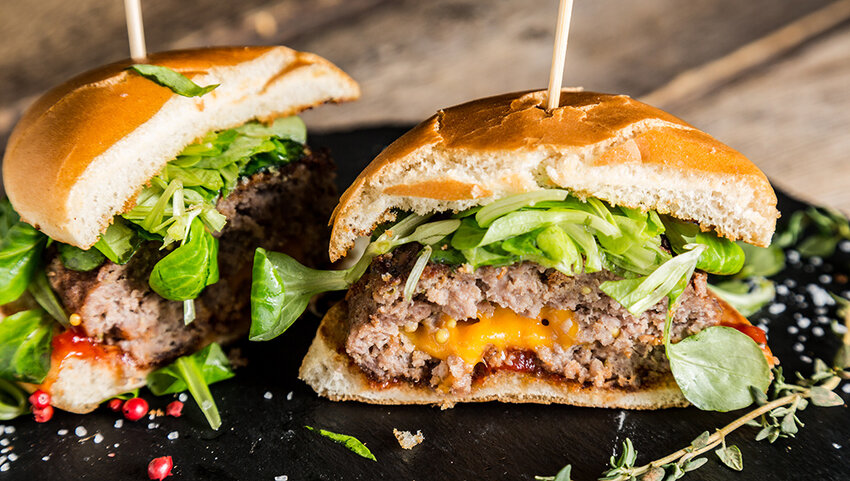
If you thought cheeseburgers were already decadent enough, then you’ve never tried the local Minnesota treat known as a Juicy Lucy. This local fare features gooey cheese stuffed inside the meat rather than melted on top. In an argument that’s raged for decades, two Minneapolis bars — Matt’s Bar and the 5-8 Club — both claim to have invented the Juicy Lucy.
What makes the Juicy Lucy so special is the ability to use a wide variety of meltable cheeses. You can go traditional with American or cheddar, or create a Mexican-style burger filled with pepper jack cheese and topped with pickled jalapeños. Restaurants are also known for creating unusual holiday variants including a Thanksgiving version — a turkey burger filled with stuffing — and another stuffed with peanut butter and jelly.
Hot Brown Sandwich — Louisville, Kentucky
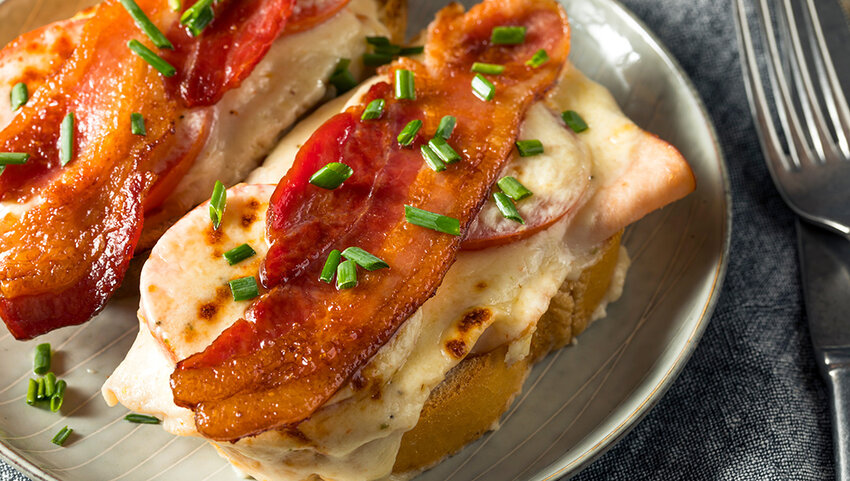
The Hot Brown originated at Louisville’s Brown Hotel in 1926. This open-faced turkey sandwich contains bacon laid out in an X-shaped formation, sliced Roma tomatoes, and a smothering of mornay sauce — a bechamel sauce with cheese added. Prior to being served, the sandwich is topped even further with pecorino, parsley, and paprika, and then brought to the table piping hot.
The official story goes that the dish was created by hotel chefs as a nighttime snack for patrons who were up late hosting dinner dances. The steaming hot dish was especially popular during colder months, though a “Cold Brown” variant was once created for summertime meals. The Brown Hotel continues to serve this regional staple today.
Philly Cheesesteak — Philadelphia, Pennsylvania
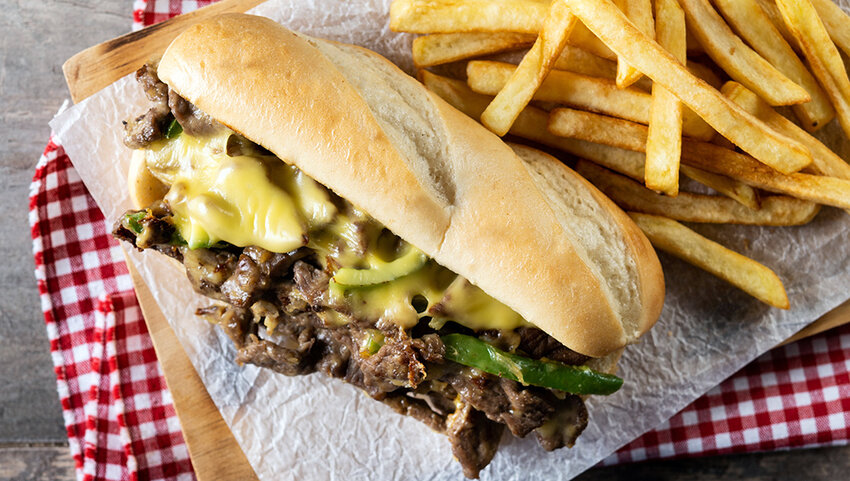
While restaurants across the country serve “Philly” cheesesteaks, to get an authentic taste of this famous sandwich you'll need to travel to Philadelphia itself. Cheesesteaks are typically prepared with sliced beef and onions, and topped with either American cheese, provolone, or a heaping spoonful of Cheez Whiz. You can also add hot peppers, mushrooms, or marinara sauce; that being said, many local cheesesteak purveyors have strict ordering processes to keep the line moving, so don’t take too much time while ordering.
Every Philadelphian will have a different answer when it comes to their favorite cheesesteak place. That being said, two of Philly’s most popular cheesesteak vendors are Pat’s and Geno’s. It was actually the founder of Pat’s — Pat Olivieri — who’s said to have invented the cheesesteak in 1930 while working as a hot dog vendor after he got sick of eating the same old hot dogs for lunch every day.
Garbage Plate — Rochester, New York
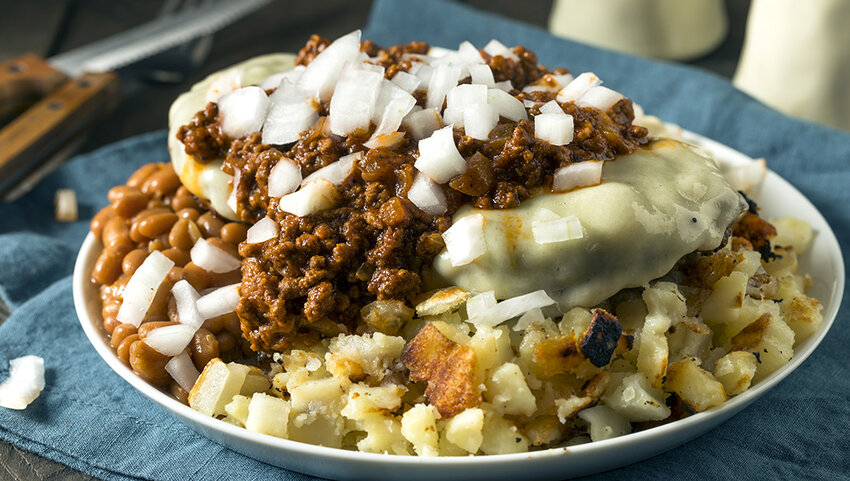
The name garbage plate certainly doesn’t sound appetizing, but it’s a favorite among the residents of Rochester, New York. Essentially, each garbage plate is a mishmash of leftovers and contains a mix of burger meat, red hots (known as hot dogs, locally), home fries, baked beans, macaroni salad, and other similar side dishes. Each garbage plate is then topped with a meat-based hot sauce plus mustard, onions, and ketchup.
There’s an entirely different type of garbage plate found at Frank’s Diner in Kenosha, Wisconsin. Much like in Rochester, this dish is a hodgepodge of ingredients. What makes it unique is that the Wisconsin garbage plate is of the breakfast variety, and often includes scrambled eggs, breakfast meat, potatoes, onions, and whatever else they can fit on the griddle.
Muffaletta — New Orleans, Louisiana
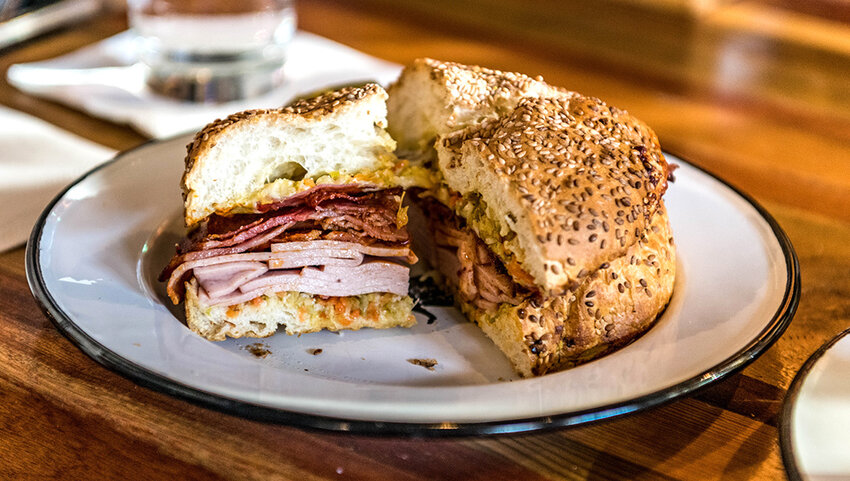
The muffaletta sandwich was introduced around 1906, when a Sicilian man named Lupo Salvadore opened a store called Central Grocery in the French Quarter of New Orleans. Built atop a massive slice of round, Italian bread, each muffaletta contains cured meats, provolone, and an oily, peppery olive salad. Don’t try and tackle the muffaletta alone, as this massive sandwich is meant to be shared.
If you find yourself in NOLA, you should also try a po’boy sandwich as well. Brothers Bennie and Clovis Martin created the po'boy at the Martin Brothers’ French Market and Coffee Stand in 1929. Those original po'boy sandwiches were made of fried potatoes, gravy, and pieces of roast beef on French bread, though today, po'boys are typically made with fried shrimp, crab, or oysters topped with lettuce, tomato, and a homemade remoulade.
Spam Musubi — Hawaii
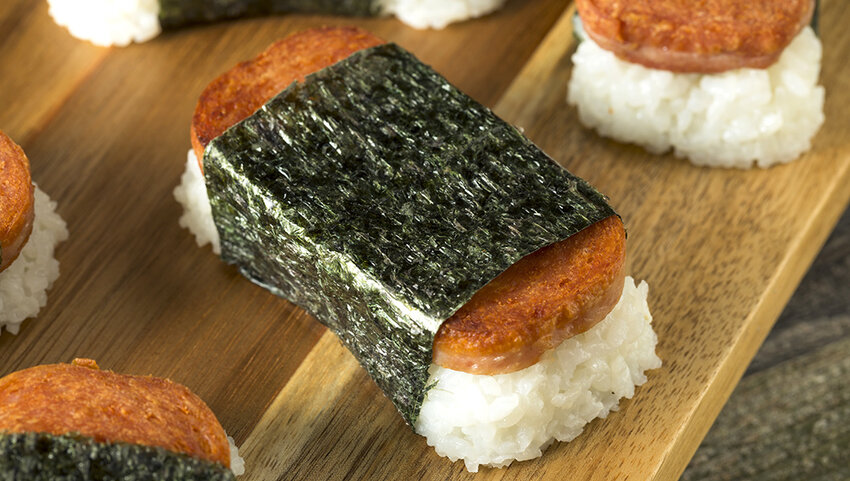
While the origins of Spam musubi are debated, it’s an incredibly popular dish throughout the Hawaiian islands. Spam musubi is very similar to traditional sushi, and it contains a small bed of rectangular rice, topped with a piece of lightly caramelized Spam, and then wrapped inside edible seaweed.
Spam is incredibly popular throughout Hawaii in general, and gained that positive reputation back in World War II. The tinned meat was often served to servicemen stationed in Hawaii, and it later found a use in a wide variety of Hawaiian dishes. Today, Spam is eaten throughout Hawaii sliced up in breakfast hashes, laid atop sandwiches, and even in poke bowls.
Toasted Ravioli — St. Louis, Missouri
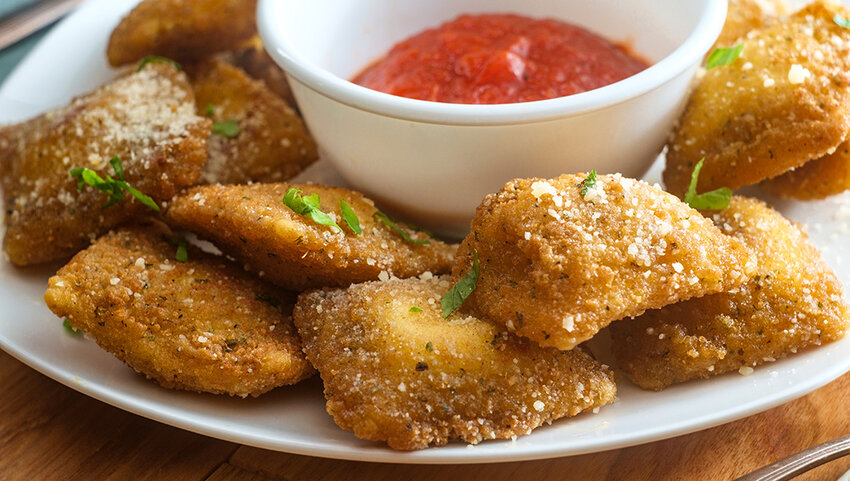
Toasted ravioli is exactly as it sounds: deep-fried pasta. In order to prepare this decadent dish, tiny raviolis are breaded, deep-fried until crisp, and then sprinkled with parmesan cheese and served alongside marinara sauce for dipping. Traditional toasted raviolis from the old days are served stuffed with meat, though modern establishments tend to focus more closely on making the ravioli extremely cheesy.
The dish originated in St. Louis’ Hill neighborhood, and two restaurants — Mama’s on the Hill and Charlie Gitto’s — both claim to be its creator. Both Mama’s and Gitto’s say they invented the treat by accident sometime in the 1940s, after mistakenly cooking ravioli in hot oil instead of boiling water.
Frybread — Indigenous Cuisine
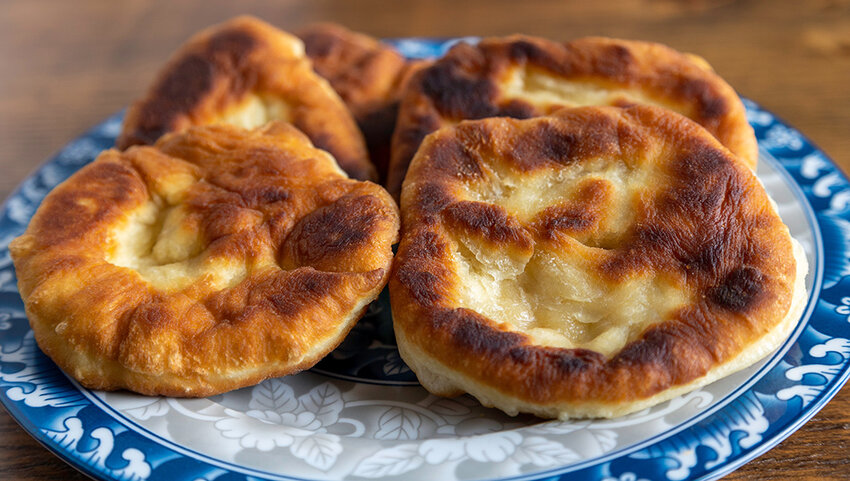
Frybread is an indigenous culinary staple created using wheat flour, salt, fat, and water. Those elements combine to create a flat dough that’s then fried in oil and served topped with various foods from ground beef to honey. While frybread is commonly found at many Native American-run establishments today, its origins date back to the 1860s.
It’s said that frybread was created by the Navajo during the “Long Walk” of 1864, a tragic event where the tribe was displaced from their homeland in Arizona. Utilizing the government rations that they were provided, the Navajo sustained themselves by creating a new recipe that ultimately became frybread. The dish evolved to become an important part of the culinary tradition of many native tribes.
Snickers Salad — Iowa
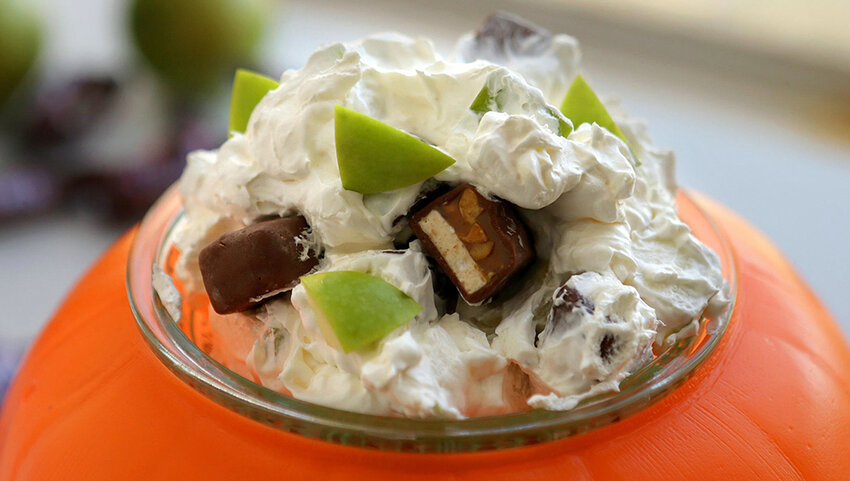
There are no leafy greens found in the Iowa classic known as Snickers salad. This indulgent dessert "salad" combines Snickers bars, Granny Smith apples, whipped cream, and vanilla pudding, which are chopped up and mixed together into a creamy, sweet treat.
There’s no way to determine exactly when this treat was developed, though the first Snickers bar was created in 1930 and it may very well have been shortly after that. In the decades since, the recipe has evolved to include elements such as bananas, crushed pineapple, and lemon juice.

